I wrote this as a guest post awhile back on the babywise blog.
I thought now would be a good time to share it with my readers as the holidays bring a time of travel for so many of us and it’s essential to always be mindful of car seat safety!
Also if you haven’t heard about the new latch car seat rules be sure to check them out here!
For me, car seat safety is a no-brainer. It’s something I take very seriously and consider it a top priority of mine to make sure I stay on top of the latest recommendations.
I’m sure every single person reading this drives a car. Most likely at least once a day.
And most likely you child also rides in a car, at least once a day.
The centers for disease control and prevention’s website states: “Motor vehicle injuries are a leading cause of death among children in the United States. But many of these deaths can be prevented. Placing children in age- and size-appropraite car and booster seats reduces serious and fatal injuries by more than half.”
While we ALL know that car seat safety is important. It also feels overwhelming.
The standards continue to change constantly and it’s difficult to keep up!
I do the best I can to stay “in the know” yet I am still learning new things every day and will probably miss some of the recommendations in this post.
Hopefully, even just this bit of information will help others in the quest for car ride safety!
Proper Seat
It all starts with making sure your child is in the correct seat.
Do your research when buying a seat and make sure it has the top safety features available.
Never buy a used car seat (I’m all about some bargain hunting and buying stuff at consignment sales but a used car seat is not safe and not worth saving a little money) and make sure your car seats aren’t expired.
I found this chart from Chicco and it illustrates how to know which seat is the safest one at each age for your child:
Rear Facing:
I think, by now, it’s common knowledge that keeping your child in a rear-facing car seat is the SAFEST way for them to travel.
Even if they are older than the law requires.
Even if their legs look “cramped” or they just “seem uncomfortable.”
Your child should remain rear facing until they reach the height or weight limit required by the manufacturer.
My tip? When you start shopping for a car seat, find one that has a taller height limit and heavier weight limit so you KNOW they will get to stay rear-facing for an extended period of time.
I know rear-facing isn’t as easy as forward facing.
It’s a pain to put them in, it’s a pain to keep them entertained.
But it’s the safest and that really is what matters most.
I try to remind myself that my child doesn’t know any different…all they have ever known is facing backwards in the car so it really probably doesn’t bother them as much as it annoys me!
My daughter will be two in December. She is still rear-facing and I’m hoping she will be able to continue to be rear-facing until her third birthday!
This is a statement taken directly from the AAP’s website: “All infants and toddlers should ride in a rear-facing car safety seat until 2 years of age or until they reach the highest weight or height allowed by the car safety seat manufacturer.”
Harness:
Once your child is forward facing it’s also important to keep them in a five-point harness for as long as the manufacturer recommends.
I’ve seen many children in booster seats who could have still easily fit into a harness seat.
The harness and the top tether provides upper torso, head, and neck protection. (source)
My son will be five in March and will stay in his five-point harness as long as possible!
Proper Install:
Bottom line, read the instruction manual that comes with your seat!!!
Every single car seat is different.
There are different instructions on how to properly install it.
Most parents I know will spend top dollar on the best quality and highest safety rated car seat, but if it’s not installed properly then it can’t do its job.
Buckle Up:
You buy a good quality seat.
You get the proper one for your child’s age, height, and weight.
You read the manual. You install it properly.
You’d think you’d be good to go, huh?
But actually, there are many important things to remember EVERY time you buckle your child into the seat!!!
Each car seat manual should also go over all of these instructions as well as many more that I may be missing, so again, read it 😉
Strap Location:
This gets me confused every time!
I have one rear-facing child and one forward facing so I am always looking up what the correct location of their strap heights should be.
As the kids grow and I readjust the levels I want to always make sure they are in the proper location. This is a good photo to illustrate:
Straps:
Make sure the straps are never twisted! It’s a pain to always make sure they are laying flat but it’s also important!
Chest Clip:
The chest clip should be across your child’s armpits.
Both positioned too high or too low is dangerous! For me, it’s higher than feels natural and it’s something I’m constantly making sure of each time I buckle the kids in.
It’s an easy one to get wrong (just look on your Facebook newsfeed…bet you can count 10 kids pictures pretty quickly who probably have the chest clip too low!) and something that is very important to always double check.
Pinch Test:
Another “easy miss” when buckling the kids in is making sure the straps are tight enough on them.
A simple way to know if the straps are tight enough is to pinch them!
If you can pinch the strap then it’s too loose. A simple and quick way to ensure your sweet one’s safety!
Jackets:
I don’t personally live in an area where we even need to wear heavy coats often but it’s important to always remember to have your child remove their coat before getting in the car seat.
I saw this image a while back and it really opened my eyes to just how dangerous wearing a jacket in a car seat is!
If you do want your child to wear their jacket in the car then adjust the straps on them without the jacket on and then have them wear it.
The material in the jacket will compress (which is also why it’s so dangerous to fit the straps with the jacket on).
(You can read my post on keeping your child warm in their seat in the winter here!)
I know there are MANY other safety tips out there about car seats but I hope this post will help raise awareness about car seat safety and encourage others to read those manuals and do all we can to protect our children.
If you have some tips you recommend or sites with great safety recommendations then please share!!!
Knowledge is power and education is essential when it comes to car seat safety!
You can see my additional posts on car seat safety here:
- A Letter to my Son on His 16th Birthday From Mom (Kye’s Bday Letter) - March 20, 2025
- Open Letter to my Daughter on her 12th Birthday – Love, Mom {Britt’s 12th Bday Letter} - January 16, 2025
- Letter to My Son on his 6th Birthday – Love Mom - January 8, 2025





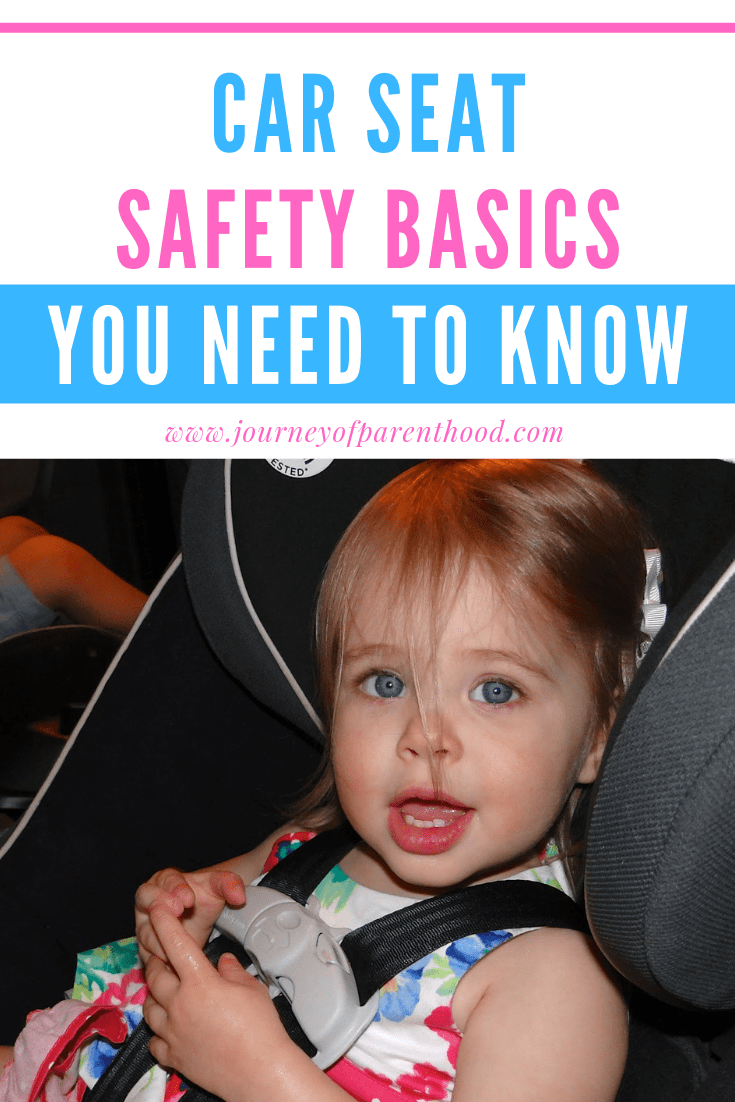
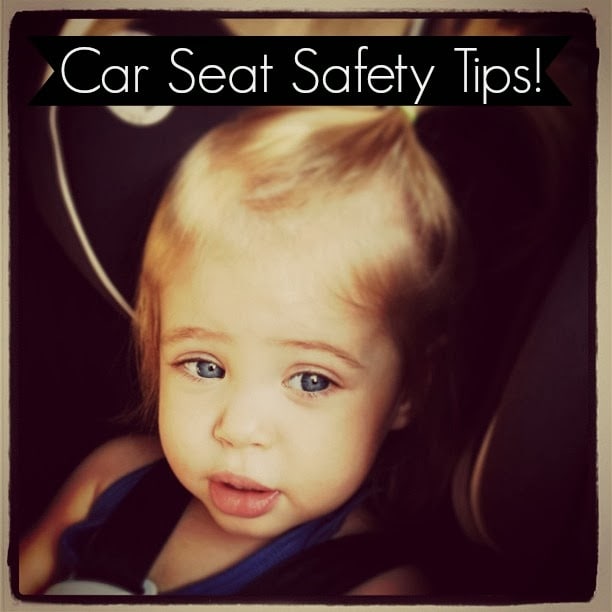
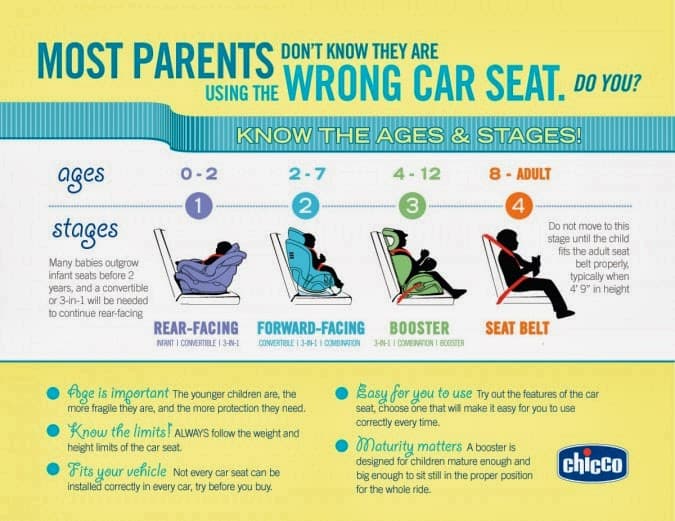
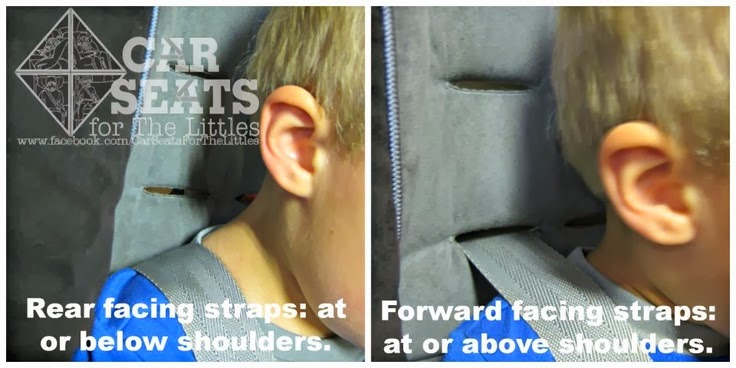

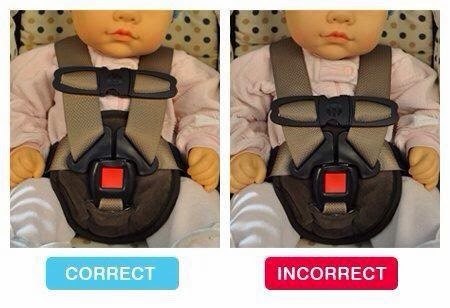
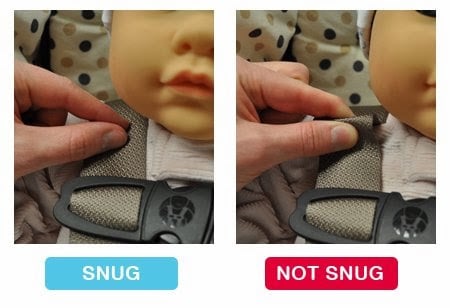
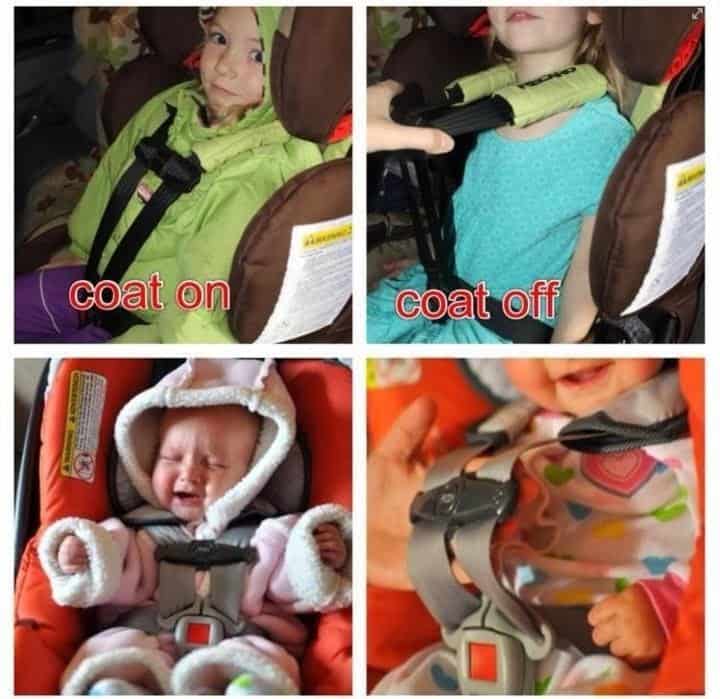


Great post!!!
Thank you so much for this post! I am hardcore about car seat safety, and I have friends who do not understand or agree with me. Brenson is still rear-facing (and will be for a good while still), and you know he's super-tall for his age. Being rear-facing doesn't bother him at all since it's all he's ever known, but all of my friends who have kids around his age (many younger and MUCH smaller) have turned their kids around already. I say that bent legs are better than broken necks!
Good tips. I learned something. I did not know the rule about above shoulders once facing forward. Our daughter just turned two! Thank you!
In numerous nations it is a law to utilize such seats while kids are riding the car. For kids under four years convertible car seats are suggested while for youngsters over the age of four years supporter seats are prescribed.best convertible car seat for infants
Infant seats are equipped with five-point harnesses that offer good security for your baby and can only be used in a rear-facing position which is much safer in the event of a crash. The seat should also be adjusted to recline at a 35 to 45 degree angle.Michael
Excellent post and a very good and informative read, thank you!